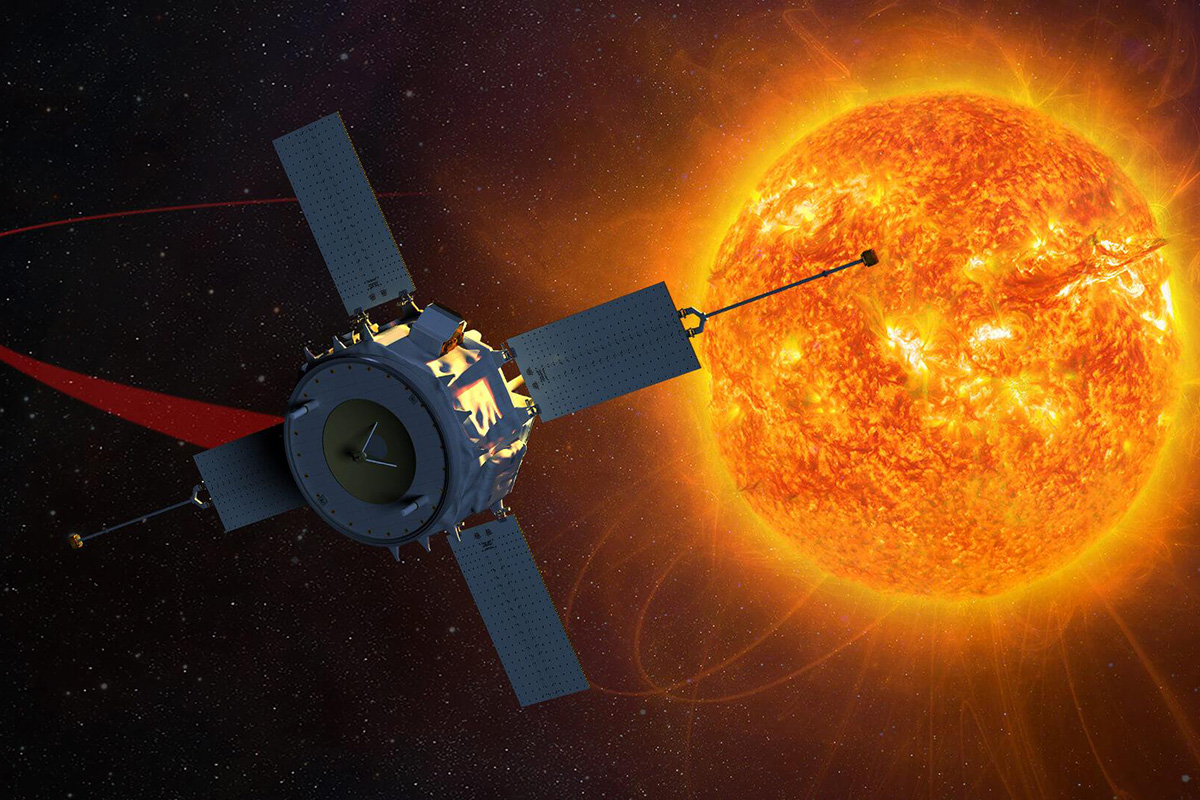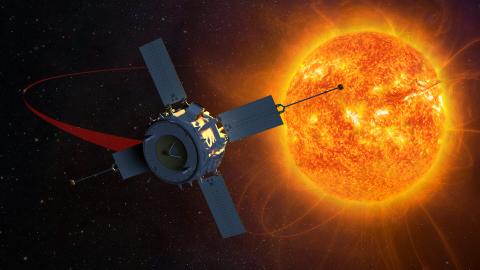The Mission
Our solar system and our planet are constantly bombarded by particles from the Sun as well as galactic sources. Studying these particles not only contributes to our understanding of the solar system but also helps us understand the space weather phenomena that affect life on Earth as well as our increasing technological presence in near-Earth space and beyond.
ACE is one of the earliest providers of advanced space weather warnings from its sentry orbit upstream of Earth. ACE observes particles of solar, interplanetary, interstellar and galactic origin — spanning energy ranges from lower-energy solar wind ions to relativistic galactic cosmic ray nuclei — to better understand the energy and isotopic composition and origin of the solar wind, interplanetary medium and galactic cosmic rays.
Spacecraft and Instruments
Designed and built at APL, the solar-powered ACE spacecraft has proven to be a reliable sentinel in interplanetary space. ACE carries eight science instruments, two of which — the Electron, Proton, and Alpha-Particle Monitor (EPAM) and Ultra-Low Energy Isotope Spectrometer (ULEIS) — were also built by APL.
After more than two decades in orbit, ACE and most instruments are still working very well, although the Solar Energetic Particle Ionic Charge Analyzer (known as SEPICA) was turned off permanently in 2011. In fact, a modified maneuver strategy implemented in 2001 conserves enough fuel to allow the spacecraft to continue operating through 2024.




